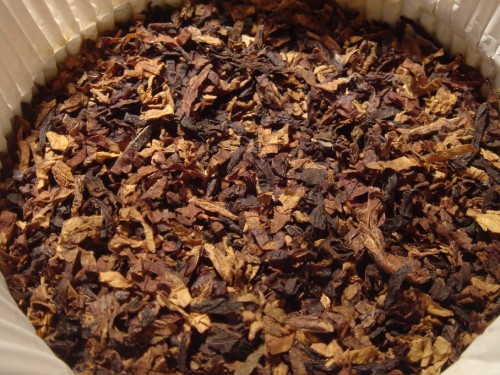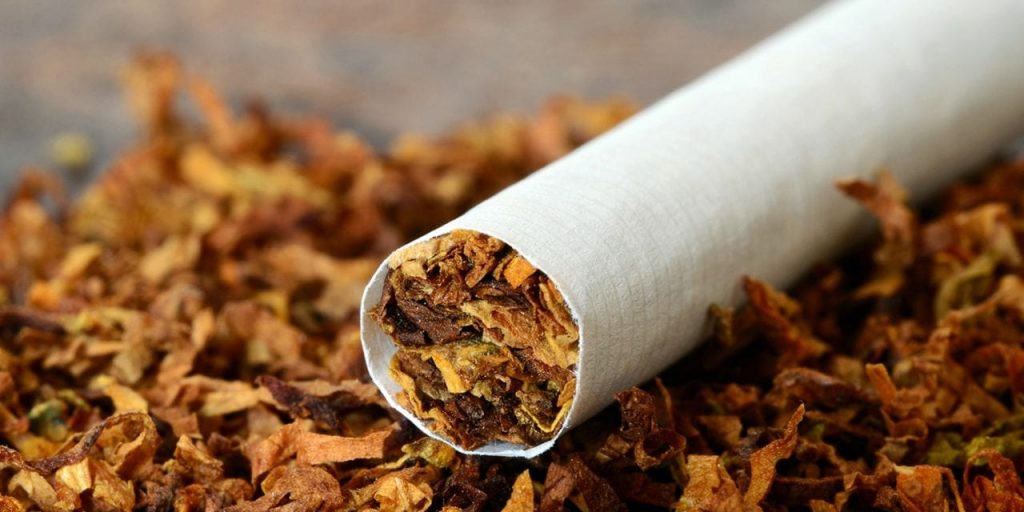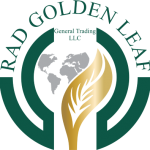

Cigarette Tobacco
Tobacco is a broad-leaved plant that originally grew in North and South America and is now cultivated all over the world. The name of tobacco is also called dry and cut leaves of this plant. The main use of this plant is to smoke the smoke obtained by burning its dry leaves, which contains nicotine.
Tobacco is one of the most important factors in causing serious injuries and dangerous diseases such as lung cancer and even oral cancer, which despite all the injuries they cause, even those under 15 years of age tend to use it.
Tobacco can be cured through several methods, including:
Red Gizeh
- Air-cured tobacco is hung in well-ventilated barns and allowed to dry over a period of four to eight weeks. Air-cured tobacco is low in sugar, which gives the tobacco smoke a light, mild flavor, and high in nicotine. Cigar and burley tobaccos are ‘dark’ air-cured.
- Fire-cured tobacco is hung in large barns where fires of hardwoods are kept on continuous or intermittent low smoulder, and takes between three days and ten weeks, depending on the process and the tobacco. Fire curing produces a tobacco low in sugar and high in nicotine. Pipe tobacco, chewing tobacco, and snuff are fire-cured.
- Flue-cured tobacco was originally strung onto tobacco sticks, which were hung from tier poles in curing barns (Aus: kilns, also traditionally called ‘oasts’). These barns have flues run from externally fed fire boxes, heat-curing the tobacco without exposing it to smoke, slowly raising the temperature over the course of the curing. The process generally takes about a week. This method produces cigarette tobacco that is high in sugar and has medium to high levels of nicotine. Most cigarettes incorporate flue-cured tobacco, which produces a milder, more inhalable smoke. It is estimated that 1 tree is cut to flue-cure every 300 cigarettes, resulting in serious environmental consequences.
- Sun-cured tobacco dries uncovered in the sun. This method is used in Turkey, Greece, and other Mediterranean countries to produce oriental tobacco. Sun-cured tobacco is low in sugar and nicotine and is used in cigarettes.
Nicotine is one of the substances that can enter a person’s lungs in smoking tobacco and cause chemical reactions.Nicotine dependence involves psychological and physical factors. Psychological factors include feelings of pleasure and alertness. People who smoke regularly may learn to rely on the effects of nicotine to bring about these feelings. They also develop conditioned signals, or “triggers,” for cigarette use. For example, some people always smoke after a meal or when they feel depressed or anxious. These triggers lead to behaviour patterns, or habits, that can be difficult to change.




